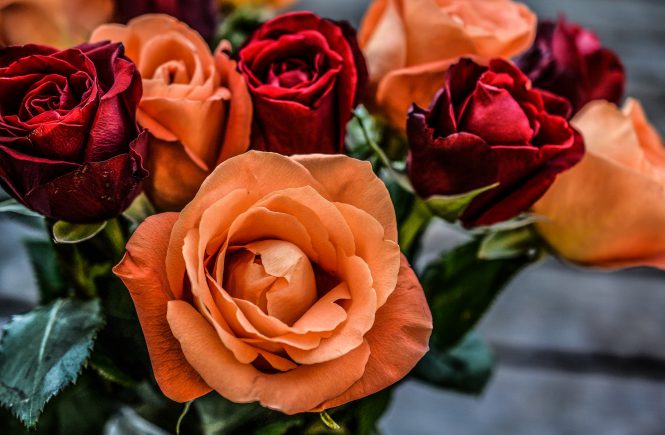We are nearing the end of our How to Speak Perfume Series. The terms in the next two articles are going to get a bit more scientific. But have no fear, I am going to make them as easy to understand as possible.
Fragrance ingredients here we go…
ABSOLUTE – The strongest aromatic material that can be extracted from a plant or flower. It is highly concentrated and is obtained by the alcohol extraction of the concrete. It is also known as an essence.
ALCOHOL – The alcohol used in perfumery is denatured ethyl alcohol. It is added to a fragrance to dilute a perfume’s intensity and serve as a carrier to more easily apply to the skin. The concentration of alcohol to perfume oils varies from perfumer to perfumer.
ALDEHYDES – Aldehydes are a class of perfume ingredients that give a vivid top note to the perfume. They are organic compounds present in many natural materials that can also be synthesized artificially. Aldehydes were first successfully incorporated in a perfume by Ernest Beaux in 1921 in the iconic fragrance Chanel No. 5.
AROMA CHEMICALS – Natural or synthetic molecules that have a smell. Most of the synthetic aroma chemicals are nature identical, i.e., identical to the same molecule obtained from a natural product.
ATTAR (OTTO) – The ancient Persian word for “to smell sweet.” An attar or otto refers to essential oil obtained by distillation. Particularly that of the Bulgarian rose, an extremely precious perfumery material.
COMPOUND – The concentrated fragrance mixture before it is diluted to make the finished perfume – also called a perfumed oil. It is a completed perfume formulation ready to be used in a product. The term “composition” and compound are often used interchangeably.
CONCRETE – A solid waxy substance obtained by the solvent extraction of plant material, e.g., flowers, bark, leaves, etc. It is used to create an absolute.
DISTILLATE – A product of the distillation or separation process of the essential oil from its plant material. For example, lavender oil is the distillate of the fresh, blooming lavender plant.
ESSENTIAL OIL – The highly concentrated, volatile, aromatic essences of plants obtained by distillation or its concrete. Plant materials include flowers, grass, stems, seeds, leaves, roots, bark, fruits, tree moss and tree secretions.
EXTRACTS – Concentrated perfume or flower products obtained through the process of extraction using volatile solvents.
EXTRAIT (EXTRACT) – An alternative name for perfumes dissolved and carried in alcohol. Extraits contain 15-45 percent of perfume compound carried in alcohol.
FIXATIVE – An ingredient added to perfume to make it last longer. It works by improving, fortifying or transporting the vapors of other perfume materials. They can be natural or synthetic base notes like musk, amber, etc.
GUMS, RESINS, BALSAMS – Resinous substances found in bark, twigs, leaves of trees, or shrubs.
IONONES – Highly-valued synthetic chemicals, used in small amounts in many floral, green, and woody perfumes. They produce a scent similar to violet or iris.
ISOLATES – Aroma chemicals that are primarily isolated from natural products. They are highly refined natural substances.
MUGUET – The French term for Lily of the Valley. One of the three most used florals in perfumery.
RESINOIDS – Extracts of gums, balsams, resins, or roots (orris) which consist in whole or in part of resinous materials. They are generally used as fixatives in perfume compositions.
RHIZOMES – Root-like stems with nodes, which grow under or along the ground. Certain perfume raw materials come from rhizomes (e.g., orris absolute and ginger oil).
SPECIALTIES – Natural oils, natural isolates, or synthetics, either alone or in combination, which are used as building blocks for fragrance compounds. They are commonly supplied under a trade name. And since they are less complex than a finished fragrance compound, they are often unique raw materials or the end-product of special processing treatments.
Part VII – The Scientific and Medical Terminology of Fragrance




